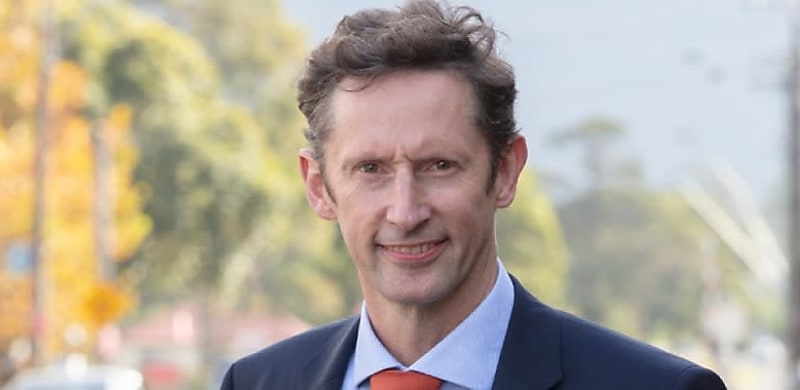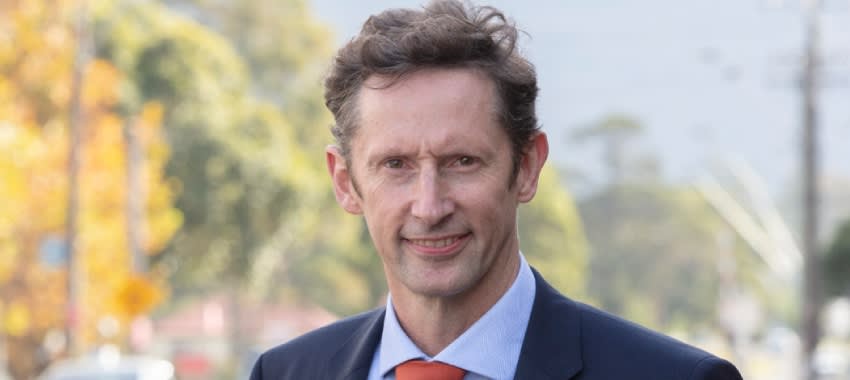
Estimates for the third levy period have been released along with the announcement of a “comprehensive review” of the CSLR.
The Compensation Scheme of Last Resort (CSLR) has released its levy estimates for the financial year ending 30 June 2026 (FY26), with the total skyrocketing to a combined $77.97 million across all subsectors.
This figure represented a threefold increase on the total estimate for the financial year ending 30 June 2025 ($24.1 million).
Credit intermediaries are estimated to pay $2.72 million, a 51 per cent increase on the previous financial year ($1.8 million).
However, most of the total figure has been attributed to financial advisers, with levy estimates for the sector surging to $70.11 million, driven by the collapse of firms Dixon Advisory and United Global Capital (UGC).
By comparison, the credit provision services and securities dealing subsectors are estimated to pay $2.80 million and $2.34 million, respectively.
These latest estimates, compiled by independent external actuary Finity, are related to the third levy period for the CSLR and will support the processing of 1,800 claims and 491 compensation payments.
CSLR CEO David Berry said the estimates for the financial advisers exceeded the subsector cap of $20 million.
“In line with our administrative function, we have, with the assistance of external actuaries, calculated the initial levy estimate for FY26. As previously foreshadowed in October 2024, the estimate exceeds the $20m sub-sector cap for personal advice,” Berry said.
“The key contributors driving the expected number of claims are attributed to Dixon Advisory & Superannuation Services and United Global Capital.”
Berry also expressed his concern at both the number of victims of misconduct and the impact of harm caused by “a relative few” on the reputation of the rest of financial services.
“We will continue to work closely with industry, Treasury, ASIC and the Minister’s office as we fulfil our legislative responsibilities alongside building greater trust among consumers in the financial services sector,” he said.
Time to review
Meanwhile, Stephen Jones MP, Assistant Treasurer and Financial Services Minister, announced the Albanese government has directed the Treasury to undertake a “comprehensive review” of CSLR.
In his announcement, Jones – who last Thursday (January 30) confirmed he would step down at the next federal election – said an important focus of the review will be ensuring the scheme is “sustainably funded”.
“New data from the operator of the CSLR shows that industry will have to provide $78 million to compensate victims in 2025–26, largely as a result of the liquidation of financial advisory firm United Global Capital Pty Ltd,” Jones said.
“Ensuring the scheme is sustainably funded will be an important focus of the review.”
Jones also noted the importance of “taking care of customers”.
“The CSLR ensures victims can access some compensation in circumstances of genuine last resort where misconduct has occurred in the provision of personal financial advice, credit intermediation, securities dealing and credit provision,” Jones said.
“While industry has provided broad support for the CSLR, it’s important that there is confidence that the scheme is meeting its objective in a way that is sustainable for both companies and consumers.”
Fine-tuning
First launched in 2024, the CSLR is an independent, not-for-profit body authorised by the Australian government.
The organisation aims to offer recompense to consumers who have received a favourable determination from the Australian Financial Complaints Authority (AFCA), but haven’t been paid by the financial firm responsible for the complaint due to insolvency.
It facilitates the payment of up to $150,000 in compensation.
But projected cost blowouts in the recent levy period – related to the collapses of Dixon Advisory and UGC – have brought the CSLR under scrutiny.
In December, for example, the Mortgage and Finance Association of Australia (MFAA) provided a submission to a Parliament inquiry into the collapse of Dixon Advisory, encouraging Jones to “balance fairness and sustainability” when determining how the finance industry will cover the excess costs.
The submission said: “Placing a disproportionate financial burden on a sector with minimal claim activity not only challenges the principles of equitable treatment but also risks creating incentives that allow higher-risk sectors to rely on cross-subsidisation rather than addressing risk exposures within that sub-sector."
The MFAA has welcomed calls for the CSLR review, with CEO Anja Pannek noting the broking sector accounted for just 3.6 per cent of pre-CSLR claims determinations.
“The levy for credit representatives is increasing from $33.85 to $52.04 per credit representative. This is largely due to increased operational costs rather than claims from our sector,” Pannek said.
“Small businesses are in effect paying for the running of the scheme – we will be questioning whether this is fair.”
The MFAA has also questioned whether it is equitable for “small broking businesses to be paying for a scheme that compensates for losses in other financial services”.
“AFCA reporting shows that post-CSLR, there have been no unpaid determinations from the credit intermediary sector – something that comes as no surprise to us,” Pannek added.
“The mortgage broker best interests duty (BID) is serving consumers well and is embedded in the broking industry.
“Our industry is demonstrating positive customer outcomes, and in the unlikely event that things go wrong, our members have professional indemnity cover in place to respond.
“The costs of the CSLR must be fair and proportionate for the broker industry and the broker industry should not be funding losses that have originated in other financial services sectors.”
[Related: Government urged to not burden brokers with special levy]
 Login
Login











JOIN THE DISCUSSION